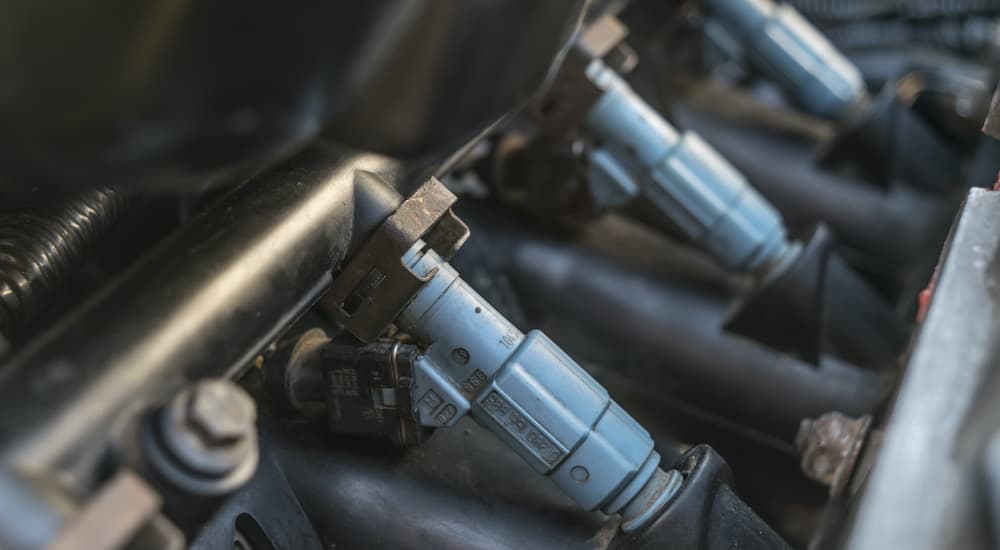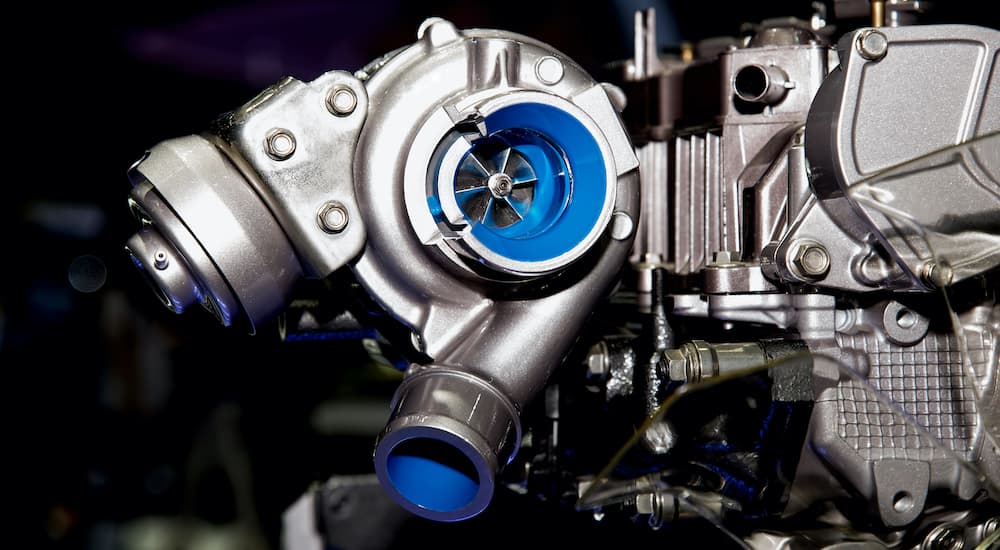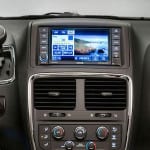Each year seems to bring updated technology to the automotive world, whether it’s improvements to efficiency, performance, comfort, or safety. Some of these updates are subtle, the kind you may appreciate without fully knowing it’s there. Other updates seem to transform vehicles overnight, launching them into the future at an accelerated pace. The vehicles at a used car dealership can sometimes feel like they’re decades apart, even when it’s just a few years that separate models. This article will touch on some of my favorite transformative auto technologies.
Fuel Injection
One of the biggest game-changers to vehicle performance was fuel injection. Gasoline engines are powered by a mixture of air and gasoline, which is compressed into a cylinder and lit with a spark to produce a power-creating explosion. Older engines used carburetors, mixing the air and gasoline in a chamber outside the cylinder before injecting it in. Fuel injection systems do not pre-mix air and gasoline, rather air comes in through the intake manifold, and gasoline is injected directly into the engine. Thanks to the computer-driven precision of fuel injection, there are loads of perks to this system, including more power, greater fuel efficiency, and even enhanced reliability.
Cruise Control
Crampy right feet were practically eradicated thanks to the invention of cruise control. This creature comfort is credited to Ralph Teetor, an engineer who was blind since childhood. Supposedly, he was struck by the idea while driving around with his lawyer and getting increasingly annoyed at sudden speed changes. We feel you, Mr. Teetor. Simply put, cruise control works by controlling the throttle to maintain a steady speed. The introduction of this technology into the car industry aligned with the 1973 oil crisis, and it quickly became popular due to its reputation as a fuel-friendly feature. This one-two punch of fuel efficiency and driver comfort makes cruise control one of the greatest things to ever happen to road trips.
Frunk
Cars have come a long way since their inception. They’ve grown cleaner, safer, and more powerful thanks to the collective efforts of brilliant minds all around the world. I’d be remiss not to include the humble frunk in this list of innovative car technologies. It may not seem like as much of a trailblazer as some of the others, but I love a good frunk. They were originally found in rear-engined vehicles, like Porsches and old VWs, but were all but unheard of as front engines became the norm. Frunks are having a moment right now due to the increasing popularity of electric vehicles (EVs). Since they don’t have engines – just a battery and motors – there’s room for trunks and frunks, and nobody ever got mad at a little extra real estate.
Dual Clutch Transmission
The invention of the dual-clutch transmission is credited to Adolphe Kégresse, who created the concept in 1939. It’s effectively an automatic manual transmission that uses two overlapping clutches for more continuous shifting between gears. It lacks some of the driver engagement coveted by fans of traditional manual transmissions, but it’s got undeniable performance perks. For example, the dual-clutch action means gears shift faster and without interruption of torque. It’s regarded as being smoother than both traditional manual and automatic transmissions, with gear shifts that feel almost imperceptible. Volkswagen, Audi, and Porsche are some of the most prolific users of the dual-clutch transmission, though it remains a less common option than either a traditional torque-converter automatic or continuously variable transmission.
Turbochargers
Swiss-born Alfred Büchi was the first to patent turbochargers in 1905. Thanks to him, cars saw a huge spike in performance upon their implementation into the automotive industry throughout the 1960s and 1970s. A turbocharger’s function is to force compressed air into the engine, which means more fuel can be injected into the engine, which means more power. The turbocharger is yet another technology that was used in aircraft first. They proved to be an effective way to combat power loss due to the thinner and thinner air that planes fly through as they ascend to stratospheric heights. GM was the first to include turbochargers in its vehicles, with the Chevy Corvair and the Oldsmobile Jetfire in 1962.
Heated Seats
There are a lot of features out there that have been developed with driver comfort in mind. From adjustable lumbar support to ergonomic steering wheels, today’s cars are far more comfortable than their predecessors. No feature, however, has done more to make the drive cozier than heated seats. Anyone who’s driven a car with heated seats knows that there’s no feeling more comforting than climbing into your car on a wintry morning, switching those seat heaters on, and slowly starting to feel like your derriere is being cooked over a fire. Heated seats were patented in 1951 by GM’s very own Robert Ballard. The first production car to end the public health crisis that is cold butts was the 1966 Cadillac DeVille.
ABS
Anti-locking braking systems (ABS) aren’t as cool as turbochargers or direct injection, but we’ve all had that moment when we were driving on a slippery road, and these bad boys came in handy. The anti-skid technology works to help the driver steer while they brake. Sensors detect when the wheels start locking up and subsequently pump the brakes to maintain traction. Like many automotive technologies, ABS origins lie in other modes of transportation, like trains and airplanes. One of the earliest applications of ABS was in aircraft in the 1920s, but the first application of ABS technology in production automobiles was in 1969, with Ford’s “sure-track” braking system, offered in the Ford Thunderbird and the Lincoln Mark III. The feature became standard in both of these vehicles in 1971.
Seatbelts
Perhaps no piece of automotive technology has done more to save lives than the seatbelt. The first seatbelt was invented by George Cayley, an engineer who used them on his glider, and the first vehicle manufacturer to include seatbelts as a factory option was Nash in 1949. Unfortunately, consumers were initially resistant to seatbelts and often requested the dealership remove them. Fast forward to the 1950s, when seatbelts made their next big leap thanks to Dr. C. Hunter Sheldon and his neurological practice. He noticed a high number of head injuries from car accidents and studied their causes, eventually writing an article about his findings that created widespread interest in features that could reduce the risk of head injury in the event of a car accident. One idea, amongst many, was retractable seatbelts. The seatbelt continued to develop into the three-point belt, which is what most modern cars use to this day. Volvo was the first company to utilize the three-point belt, designed by Nils Bohlin. Volvo famously made the patent available to everyone, even though it meant missing out on plenty of money-making opportunities from keeping the technology exclusive to their vehicles or charging competitors a hefty fee to use it.
A Bright Future
As humans have driven endlessly forward, our cars have been right there with us, showing just how much we prioritize automotive innovation. If the leaps and bounds made by the car industry over the last several decades are any indications, we can probably expect vehicles to be teleporting and administering CPR before long. I, for one, can’t wait.






